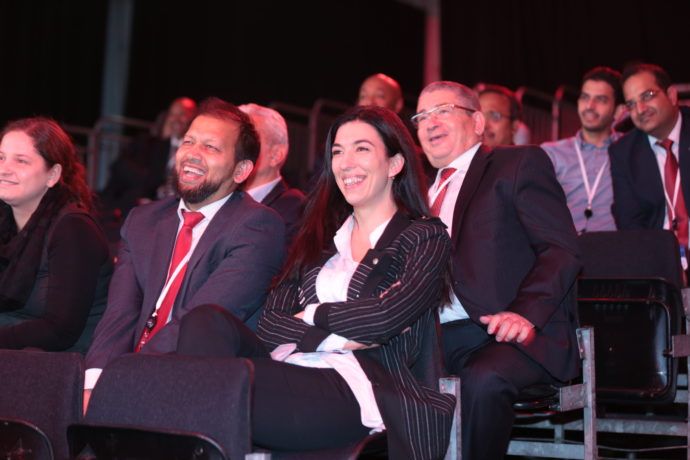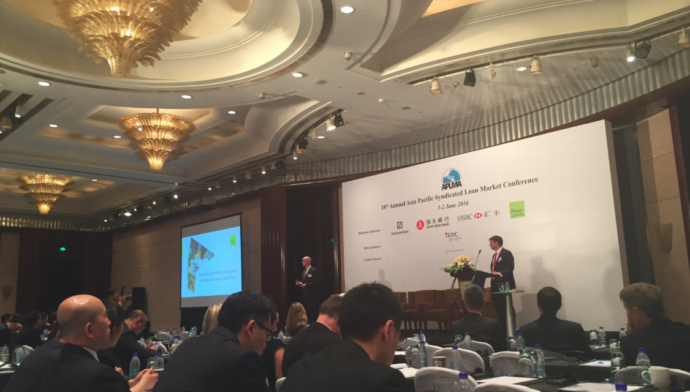
Benjamin Loh is 29 years old and a professional speaker. Some might say that being 29 years old is too young to be a professional speaker, but I say that age is not expertise. It doesn’t matter how old you are, what matters is that you have something to say.
I could see a lot of myself in Benjamin as I started my career as a professional speaker myself at 27 (20 years ago – God, times flies…)
At that time I was an expert on Internet and business because I had written a book about Internet and marketing (and also because frankly, there were very few other experts on the Internet in Sweden in 1994-1995.)
To be an expert you just need to know more than the audience…
But regardless of age, a speaker needs to have an inner theme: something that burns inside of him or her that is what drives the speaker to want to speak, something that is pushing the person to constantly research his or her topic. a Theme that is an extension of who the speaker is as a human being.
The last few months I have been doing quite a lot of mentor sessions with other speakers and very often the sessions turns out to be about finding – or refining – the speakers inner theme.
Is is amazing to witness the transformation that happens when a speaker suddenly connects with his or her inner theme. And considering that it takes one hour of coaching to do it is probably the best investment a speaker can do.
What I have come to understand is that very often speakers have not fully understood what their inner theme is.
But when the connection to the inner theme happens it’s like all the pieces in a puzzle falls into place: suddenly a vision is visible.
The session today with Benjamin was a perfect example of that.
We started by talking about the themes he speaks on (public speaking and Millennials) and then started to dig deeper. I begun to ask him questions:
Why did you become a speaker?
Why did you pick the subjects that you speaks on?
What is the common denominator of these topics?
What drives you?
Quite quickly, based on his answers, a theme started to emerge. I packaged it together and presented it to him, and he liked it, but somehow I could see it in his body language and on his energy levels that the theme that I had identified was not the true inner theme.
So I decided to dig deeper.
I asked him about his childhood. About the true feelings that he has when he stands on stage.
And a different story started to emerge. A totally different inner theme.
Now we had two themes.
I asked him how he felt about theme “A” and theme “B” and he said: “Theme “A” is the theme I want to give, it’s me serving my clients. Theme “B” is who I really am inside…”
When he was talking about theme “A” he was using a “sales voice”, when he was talking about theme “B” he was talking with a voice that can only be described as “primal”.
It was obvious for the two of us that theme “B” was his real inner theme – a theme that connected to his very core.
I do these coaching sessions for free. It’s my way of giving back to the speaking community, but it is also a very valuable way for me to learn about my industry and my profession. Helping other speakers find their inner theme makes it easier for myself to look at my own role as a speaker.
As they say: “The best way to learn is to teach.”
Today I learnt about the value – and the power – of digging deeper. Of not settling for an answer that “sounds good”, but to keep going until you find the answer that is “true”.
Then when you find that “true reason” for why you speak THEN you can start building on that until you find a topic that you can package and sell to clients. But if your topics are not sprung from the most fundamental values of who you are as a person you will never be a great speaker. But if they are – you have the potential to be great.
If you are not 100% sure about what your inner theme really, really is – then I highly recommend you set aside time to figure that out. It is the number one thing you can do to develop as a speaker.
As a bonus you will find the calling of your life.

